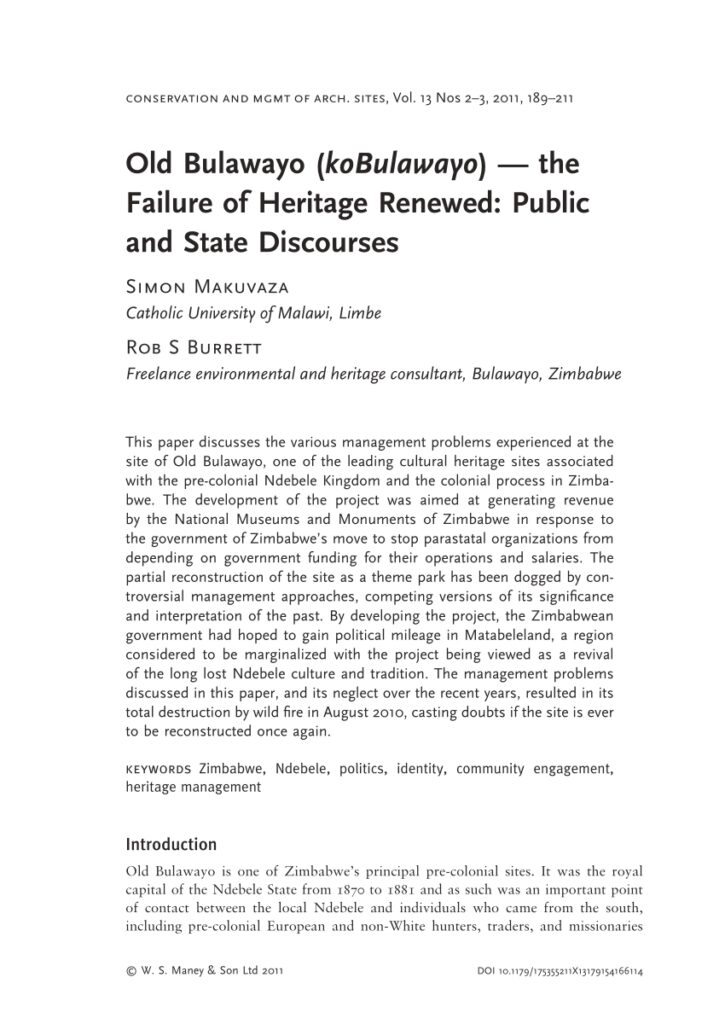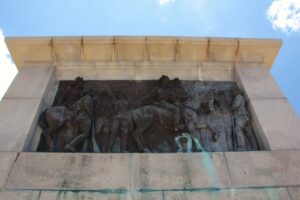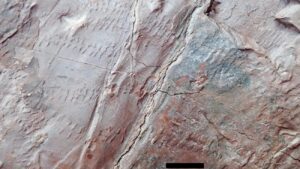Old Bulawayo: Exploring the Ndebele King’s Former Capital
Nestled in the heart of Zimbabwe, Old Bulawayo offers a unique glimpse into the rich history and culture of the Ndebele people. This historical site, once the capital of the Ndebele Kingdom, is a must-visit for anyone interested in African history and heritage. With its fascinating past and cultural significance, Old Bulawayo provides an enriching experience for tourists and history enthusiasts alike.
What to See
Old Bulawayo is a treasure trove of historical artifacts and structures that tell the story of the Ndebele Kingdom. As you explore the site, you’ll come across the reconstructed royal kraal, which was the residence of King Lobengula, the last king of the Ndebele people. The kraal is a circular enclosure made of traditional materials, offering a glimpse into the architectural style of the time.
Visitors can also see the remains of the original structures, including the king’s palace and the surrounding huts that housed his advisors and family. The site is dotted with interpretive signs that provide context and information about the significance of each structure.
A small museum on-site showcases artifacts from the era, including traditional Ndebele clothing, tools, and weapons. The museum provides a deeper understanding of the daily life and culture of the Ndebele people during the time of King Lobengula.
A Bit of History and Interesting Facts
Old Bulawayo was established in 1870 by King Lobengula, who succeeded his father, King Mzilikazi, as the leader of the Ndebele people. The site served as the capital of the Ndebele Kingdom until 1881 when Lobengula moved the capital to a new location, which is now the modern city of Bulawayo.
The name “Bulawayo” means “the place of slaughter” or “the place of the gallant,” reflecting the Ndebele people’s warrior culture. The site was abandoned after the capital was moved, but it remains an important symbol of Ndebele heritage and identity.
In the 1990s, efforts were made to reconstruct and preserve Old Bulawayo as a historical site. The project aimed to restore the site to its former glory and educate visitors about the Ndebele Kingdom’s history and culture.
An interesting fact about Old Bulawayo is that it was the site of the first meeting between King Lobengula and European settlers, which eventually led to the signing of treaties that had significant impacts on the region’s history.
How to Get There and Tips for First-Time Visitors
Old Bulawayo is located approximately 22 kilometers south of the city of Bulawayo, making it easily accessible for visitors. The site can be reached by car or taxi, and the journey takes about 30 minutes from the city center. If you’re driving, take the Matopos Road and follow the signs to Old Bulawayo.
For first-time visitors, it’s advisable to hire a local guide who can provide detailed insights and stories about the site. Guides are available at the entrance and can enhance your experience by sharing their knowledge of the Ndebele culture and history.
The best time to visit Old Bulawayo is during the cooler months from May to August, as the weather is more comfortable for exploring the outdoor site. Be sure to wear comfortable walking shoes and bring water, as you’ll be spending a significant amount of time outdoors.
Photography is allowed, so don’t forget your camera to capture the unique structures and scenic views. There are no dining facilities on-site, so consider packing a picnic to enjoy in the peaceful surroundings.
Old Bulawayo is a captivating destination that offers a window into the past of the Ndebele Kingdom. Whether you’re a history buff or simply curious about Zimbabwe’s cultural heritage, a visit to this historical site is sure to be a memorable experience.








